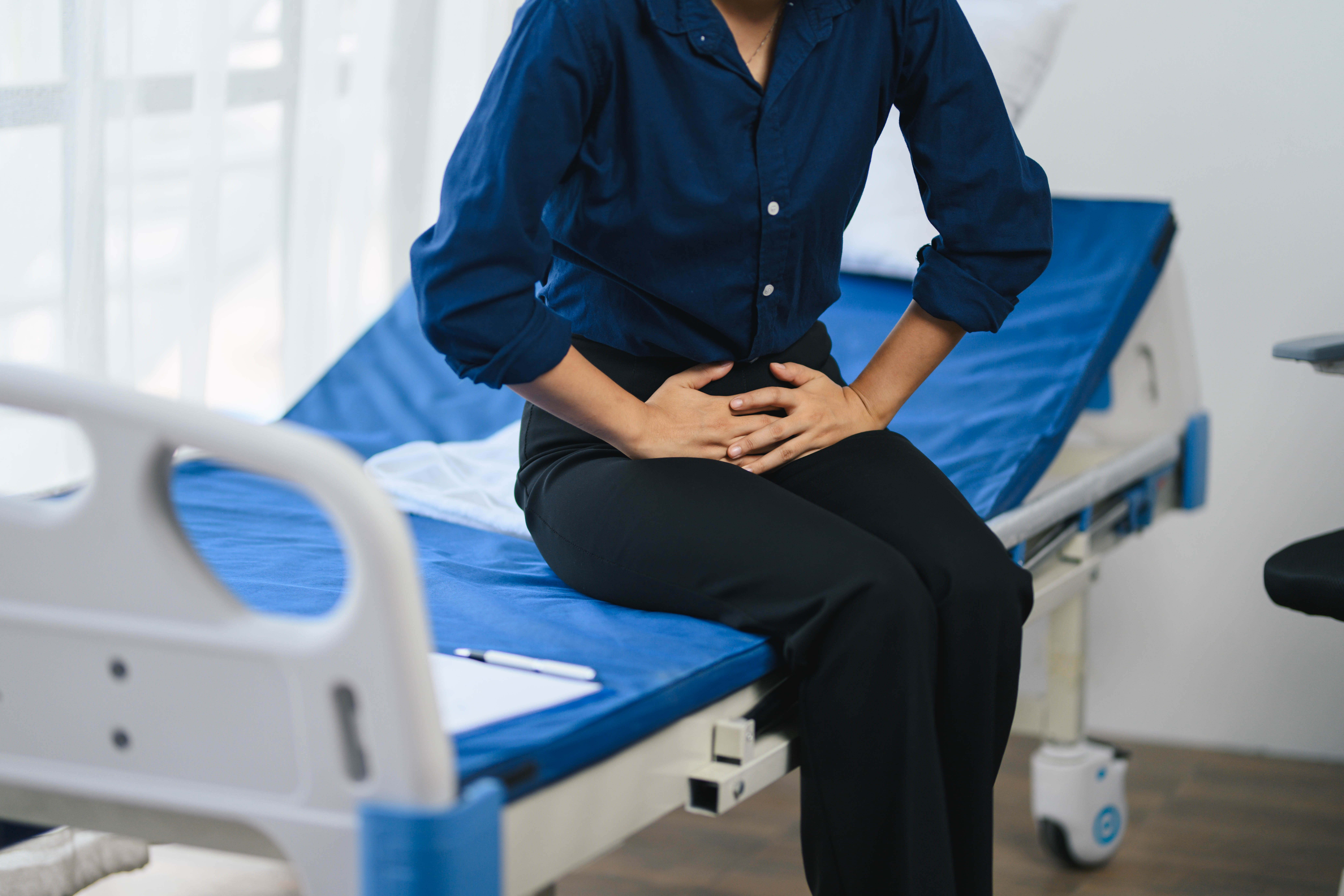Interstitial cystitis (IC), also known as painful bladder syndrome (PBS), is a chronic condition that affects the bladder and surrounding areas. It is characterized by symptoms such as bladder pain, urgency, and frequency. Understanding the causes, symptoms, and available treatment options is essential for managing this condition effectively.
What is Interstitial Cystitis or Painful Bladder Syndrome?
Interstitial cystitis is a condition involving a combination of urinary symptoms that can significantly impact an individual’s quality of life. Common symptoms include:
- Bladder pain
- Increased urgency to urinate
- Frequent urination
Interestingly, not all individuals with IC or PBS exhibit visible inflammation of the bladder. In some cases, medical imaging or cystoscopy reveals ulcerations, such as Hunner’s lesions, while in others, the bladder may appear normal despite significant symptoms. This variability led to the broader adoption of the term “painful bladder syndrome.”
Evolution of the Diagnosis
Historically, interstitial cystitis was diagnosed through cystoscopy, where physicians would look for physical changes or ulcerations in the bladder. However, this method excluded many patients experiencing identical symptoms but lacking visible bladder abnormalities. To address this gap, medical associations embraced the term painful bladder syndrome, broadening the diagnosis to include individuals without visible lesions.
In some regions, doctors may still differentiate between IC and PBS based on the presence or absence of bladder ulcers. Regardless of the terminology, the focus remains on managing symptoms effectively.
Causes of Interstitial Cystitis and Painful Bladder Syndrome
The exact cause of IC and PBS remains unclear. However, potential factors include:
- Inflammation: Chronic irritation of the bladder lining.
- Stress: Psychological stress may exacerbate symptoms in some patients.
- Dietary Triggers: Certain foods and beverages, such as caffeine, alcohol, or acidic foods, may worsen symptoms.
- Fascial and Muscular Involvement: Emerging research suggests that the fascia and muscles surrounding the pelvic area play a significant role.
Physical Therapy and Fascial Research
In 2008, an NIH-funded study revealed the profound impact of physical therapy in managing IC and PBS. The study focused on treating the fascia and muscles in the pelvic region, showing that this approach significantly reduced symptoms for over 50% of participants.
What is Fascia?
Fascia is a connective tissue that envelops muscles, organs, and other structures, maintaining separation while allowing flexibility. In IC and PBS patients, this tissue can become restricted, contributing to pain and dysfunction.
Trigger Points and Muscle Spasms
In addition to fascial restrictions, IC and PBS patients often experience muscle spasms or trigger points. These can:
- Cause localized pain
- Contribute to pelvic misalignment
- Impact bladder function through nerve and reflex pathways
Key Treatments for IC and PBS
Management of IC and PBS often requires a multifaceted approach combining medical and physical therapies.
1. Medications
- Bladder installations: Direct delivery of soothing or anti-inflammatory agents into the bladder.
- Oral medications: Drugs to reduce bladder irritation or manage pain.
2. Physical Therapy
Physical therapy addresses the musculoskeletal component of IC and PBS by:
- Treating the fascia: Reducing restrictions and restoring mobility.
- Alleviating muscle spasms: Releasing trigger points to decrease pain and improve bladder function.
- Improving alignment: Addressing misalignments in the pelvis, spine, and hips to reduce strain on the bladder.
3. Lifestyle Modifications
- Identifying and avoiding dietary triggers.
- Incorporating stress-reduction techniques, such as mindfulness or yoga.
4. Advanced Therapies
- Stimulation devices: Used in some cases to regulate nerve signals.
Holistic Perspective on IC and PBS
IC and PBS are rarely isolated issues. Many patients also experience:
- Hip pain
- Low back pain
- Pain during intercourse
- Conditions like endometriosis
These interconnected symptoms underscore the importance of a holistic treatment approach. A skilled practitioner can address multiple issues simultaneously, improving overall outcomes.
Conclusion
Interstitial cystitis and painful bladder syndrome are complex conditions requiring personalized care. By combining medical treatments with physical therapy and lifestyle adjustments, many individuals can achieve significant symptom relief. If you or someone you know is dealing with IC or PBS, consider consulting a multidisciplinary team that includes a urologist, urogynecologist, and physical therapist to develop a comprehensive treatment plan.
Also Read: What is Piriformis Syndrome? – Causes, Symptoms, and Treatment
About:
I’m Hina Sheth. I have been treating complex orthopedics, sports and pelvic floor physical problems for over 25 years with amazing results. Now I want to bring my knowledge to the global community so I can spread my knowledge to you.
Our bodies are complex systems of 600 muscles and organs intertwined in a fascial system that all work together. Imbalances in this system such as trigger points, visceral and myofascial restrictions can lead to joint, pelvic, and organ issues.
Factors like nutrition, exercise, sleep, and stress play a crucial role. Unfortunately, our current healthcare model does not look at our bodies as a whole and oftentimes compartmentalize musculoskeletal injuries and dysfunctions.
At Rebalance, our goal is to holistically treat this complex system to restore harmony in the body. By addressing these imbalances, we help clients improve their overall health and well-being. Our vision is to empower individuals to create a healthier lifestyle for themselves.






